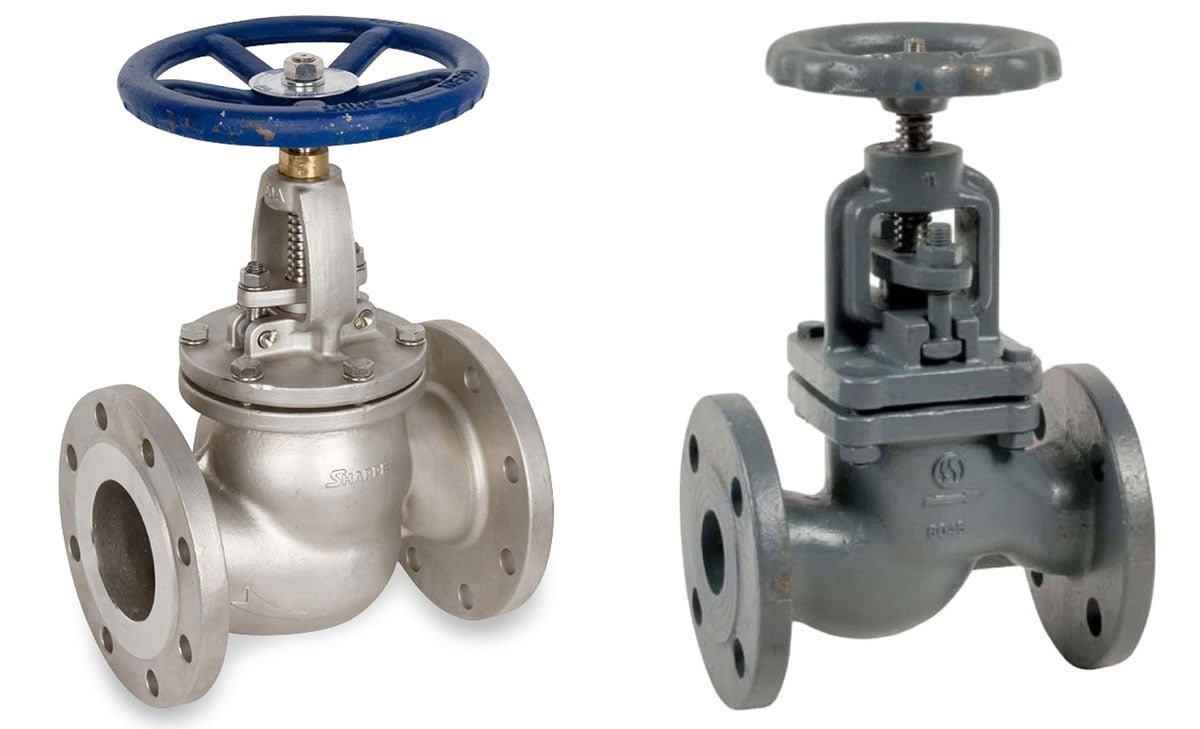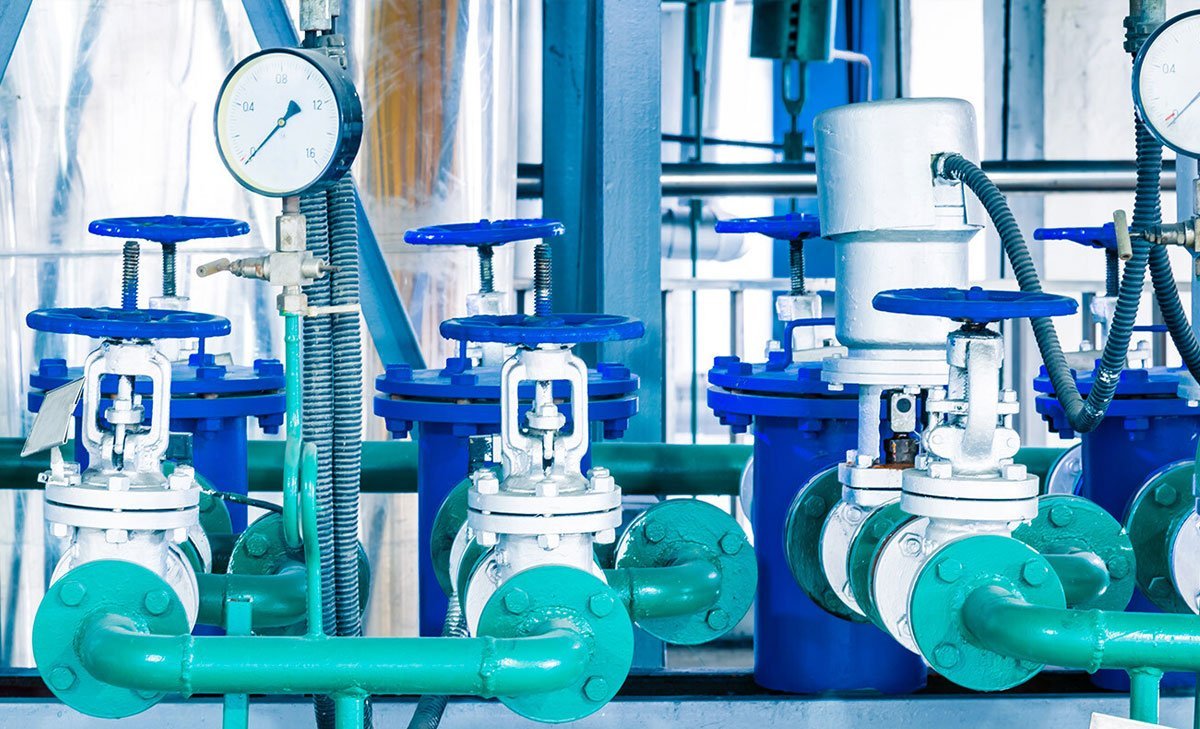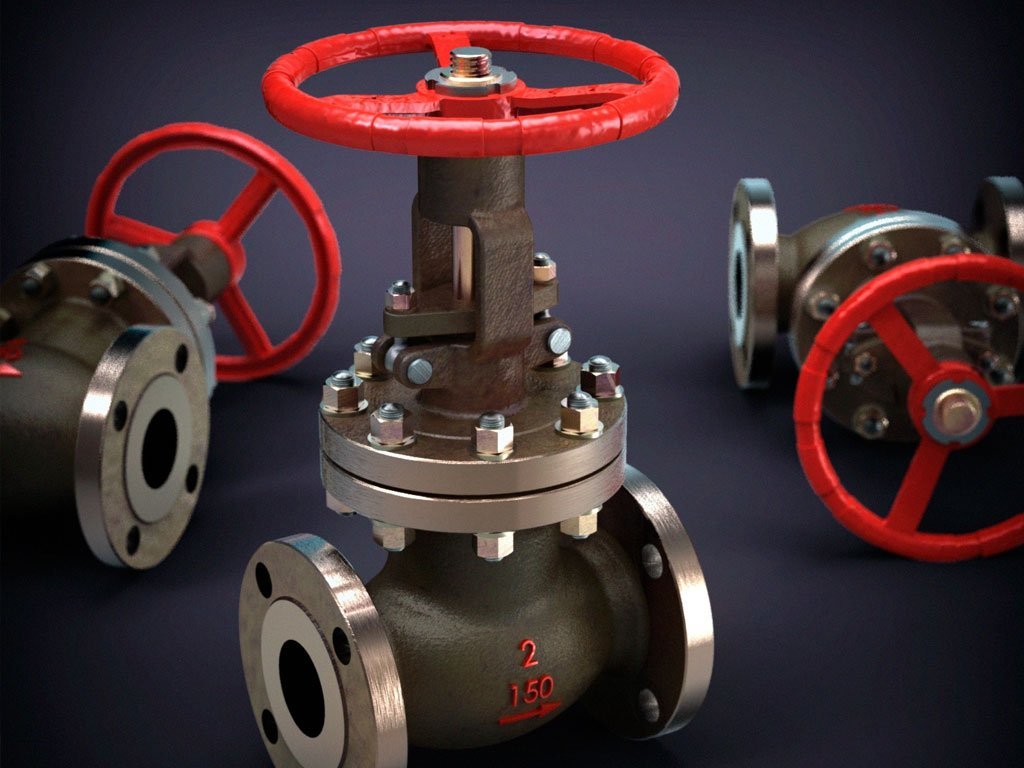What are the most common bonnet designs for globe valves?

Exploring the Most Common Globe Valve Bonnet Styles
When it comes to globe valves, there are several common bonnet designs that are widely used in various applications. These designs play a crucial role in the functionality and performance of the valves. As a mechanical engineer with expertise in valves, I will provide you with a comprehensive overview of the most common bonnet designs for globe valves.
The most prevalent bonnet designs for globe valves include:
Bolted Bonnet: This design features a separate bonnet that is bolted to the valve body. It is a widely used design due to its simplicity and ease of maintenance. The bolted bonnet provides a reliable seal and is suitable for a wide range of pressure and temperature conditions.
Pressure Seal Bonnet: In applications where high pressure is a concern, the pressure seal bonnet design is commonly employed. This design utilizes internal pressure to enhance the seal between the bonnet and the body, ensuring leak-free performance in high-pressure environments.
Welded Bonnet: The welded bonnet design offers a permanent seal between the bonnet and the valve body through welding. This design is preferred in critical applications where leakage is not tolerable. It provides a robust and tamper-proof seal, making it suitable for demanding operating conditions.
Union Bonnet: The union bonnet design features a threaded or bolted connection between the bonnet and the valve body. This design offers ease of disassembly for maintenance or repairs, making it suitable for applications where frequent access to the internal components is necessary.
Bonnnetless Valve: In some specialized applications, bonnetless globe valves are used. These valves eliminate the need for a traditional bonnet, offering a compact and streamlined design. Bonnetless globe valves are often used in high-temperature and high-pressure applications where space and weight considerations are crucial.
It is important to note that the selection of the bonnet design for a globe valve is influenced by various factors, including the operating conditions, pressure and temperature requirements, maintenance considerations, and the specific application in which the valve will be used.
For detailed technical specifications and illustrations of these bonnet designs, I recommend referencing reputable industry resources and valve manufacturers’ documentation. These sources will provide you with expanded information and detailed insights into the construction and functionality of the different bonnet designs for globe valves.
In summary, the most common bonnet designs for globe valves encompass a range of configurations suited to diverse operating conditions and maintenance requirements. Understanding the unique characteristics of each design is essential for selecting the most suitable globe valve for a given application.













